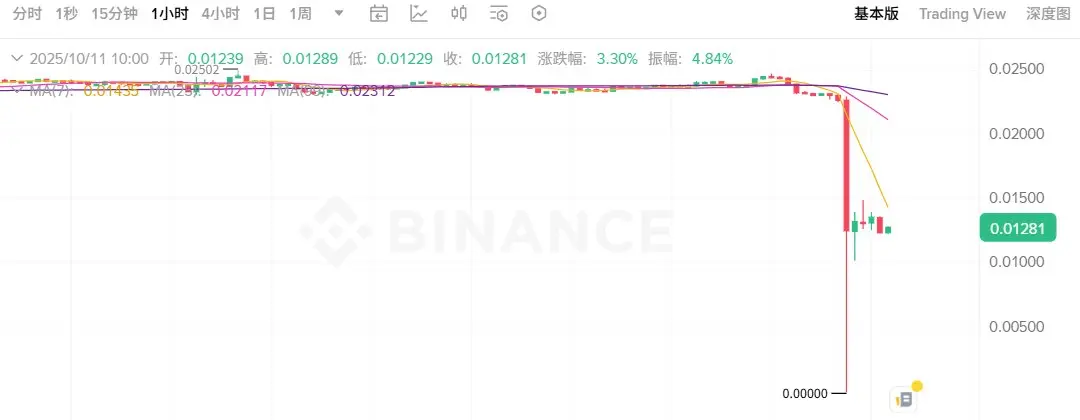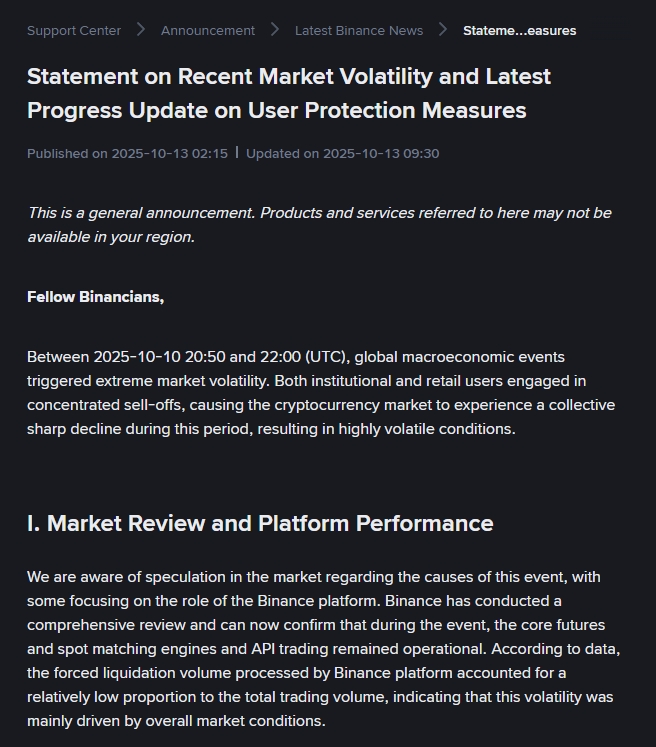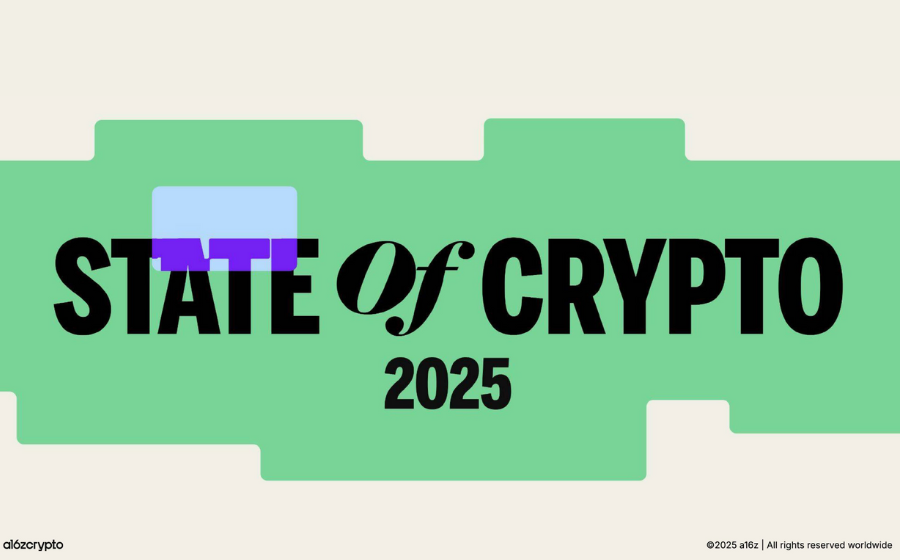
KEYTAKEAWAYS
- USDe’s depeg stemmed from liquidity collapse and Binance’s pricing system failure during extreme market volatility, not a structural flaw in the Ethena protocol itself.
- The event highlighted how exchange oracles and margin systems can amplify liquidation cascades and destabilize assets across the broader crypto market.
- Binance’s $283M compensation and USDe’s swift recovery restored confidence, but regulators may now intensify scrutiny of synthetic stablecoin models.

- KEY TAKEAWAYS
- THE USDE DEPEG INCIDENT: WHAT REALLY HAPPENED BEHIND THE CRASH
- THE ROOT CAUSES BEHIND THE DEPEG
- HOW MARKET STRUCTURE TURNED VOLATILITY INTO A FEEDBACK LOOP
- EXCHANGE MECHANICS OR PROTOCOL WEAKNESS?
- BINANCE’S RESPONSE AND COMPENSATION PLAN
- LESSONS FOR THE STABLECOIN ECOSYSTEM
- A CATALYST FOR GREATER SCRUTINY
- DISCLAIMER
- WRITER’S INTRO
CONTENT
USDe, Ethena Labs’ yield-bearing stablecoin, briefly lost its peg amid a $19B market crash. Here’s a clear look at what caused the depeg, Binance’s role, and its implications.

THE USDE DEPEG INCIDENT: WHAT REALLY HAPPENED BEHIND THE CRASH
During one of the most turbulent weekends in recent crypto history, USDe, Ethena Labs’ yield-bearing synthetic stablecoin, briefly lost its dollar peg, triggering heated discussions across the market.
As liquidations surged to nearly $19 billion, USDe’s price on Binance plunged to $0.65 before quickly rebounding. The event revealed not only how sensitive synthetic stablecoins are to liquidity shocks but also how exchange pricing mechanisms can amplify market stress.

THE ROOT CAUSES BEHIND THE DEPEG
To understand this episode, it helps to look at how USDe operates.
Unlike stablecoins such as USDT or USDC, backed by cash or treasury reserves, USDe maintains stability through delta-neutral strategies. It holds crypto collateral while offsetting exposure with derivatives positions, allowing it to stay close to $1.
However, the system relies heavily on robust liquidity and accurate price oracles. During the October 10–11 market crash, Binance’s internal pricing system became the weak link. Ethena’s founder, Guy Young, explained that Binance used its own orderbook prices instead of aggregated market data from broader liquidity sources. As panic selling drained liquidity, Binance’s internal market became distorted, causing a sharp but temporary price deviation from USDe’s true value elsewhere.
HOW MARKET STRUCTURE TURNED VOLATILITY INTO A FEEDBACK LOOP
The depeg was not an isolated glitch—it emerged from a self-reinforcing cycle.
As crypto prices plunged, leveraged traders were liquidated across exchanges. Many had used USDe as collateral; once its value fell below $1, margin calls forced further sales of USDe. Each wave of liquidation worsened the depeg, creating a vicious loop between forced selling and declining prices.
Because Binance held much of USDe’s trading volume, its internal liquidity shock spread quickly. Other platforms and DeFi pools, however, showed only mild fluctuations, indicating that the issue was exchange-specific rather than a protocol-wide failure.
EXCHANGE MECHANICS OR PROTOCOL WEAKNESS?
The community split sharply after the event. Some argued that Binance’s oracle configuration was to blame, while others said the crisis exposed the fragility of synthetic stablecoins dependent on derivatives-based hedging. Both views carry weight. Binance’s pricing clearly accelerated the depeg, but the event also showed how complex yield models can become unstable when liquidity dries up.
Large holders likely worsened volatility when their positions were liquidated, and some analysts speculated that coordinated short-selling may have deliberately targeted USDe’s structure. Though unproven, such theories highlight how vulnerable synthetic stablecoins can be to aggressive market strategies.
BINANCE’S RESPONSE AND COMPENSATION PLAN
Binance acted quickly after the incident. The exchange admitted that its unified margin system and pricing engine malfunctioned during the stress event. Within days, Binance launched a compensation program worth roughly $283 million to reimburse users affected by the depeg and related liquidations. Meanwhile, Ethena Labs emphasized that the USDe protocol remained fully functional throughout, with minting and redemption operating normally.

LESSONS FOR THE STABLECOIN ECOSYSTEM
This episode underscored that stability mechanisms differ greatly in resilience. Fiat-backed stablecoins depend on reserves, while synthetic designs rely on liquidity, arbitrage, and neutral hedging. When volatility spikes, these assumptions are tested—and sometimes break.
It also revealed how dependent the market is on exchange infrastructure. A single oracle misconfiguration or liquidity collapse can trigger massive liquidations and contagion. Going forward, issuers and exchanges must strengthen collaboration to ensure diversified liquidity and transparent collateral monitoring.
A CATALYST FOR GREATER SCRUTINY
USDe’s rapid recovery and Binance’s compensation limited short-term fallout, but the long-term implications remain. Regulators and investors will now question how synthetic stablecoins should be risk-assessed and whether exchanges bear responsibility for pricing failures.
In the end, USDe’s depeg served as a stress test, not a collapse. It showed that even sophisticated DeFi systems are still exposed to old-fashioned risks—liquidity shortages, technical bottlenecks, and human panic. The incident was a reminder that innovation and fragility often coexist, and each market shock brings the crypto ecosystem one step closer to maturity.















